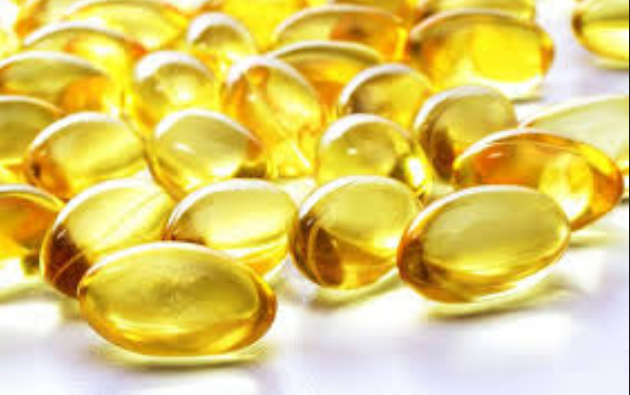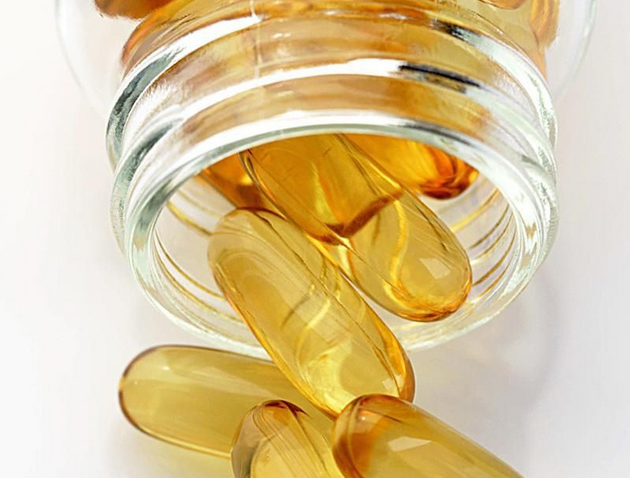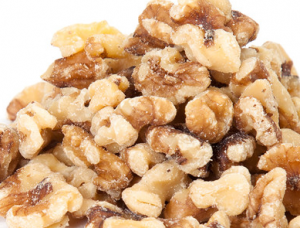03 Apr What is the difference between Omega 3 and Omega 6 Fatty Acids
What is the Difference Between Omega 3 and Omega 6 Fatty Acids and Which You Need More Of
Omega 3 and Omega 6. You might already be taking them yourself. When it comes to these crucial nutrients, there’s more to the discussion than just popping a pill daily and forgetting about it.
In fact, when it comes to this category of nutrient, the discussion around them is quite involved, and I want to clear up why they’re so important, the difference between the two types, what happens to your body as a result of taking them, and just how much you should be getting daily.
The discussion gets even further complicated when it comes to comparing and contrasting the two types of omega’s and looking at how our needs differ with each.
FIRST, What Exactly Are Fatty Acids?
As you have learned, not all fats are bad, and in fact, the fats we get from Omega 3 and Omega 6 fatty acids are key to an overall functioning and healthy body.
While certainly fats like trans fats are harmful and have actually been largely phased out, our body needs daily doses of healthy fats to run as it should, and actually, cannot function properly without them.
Omega 3 fatty acids, in particular, are to thank for reducing inflammation, increasing focus, aiding in weight loss, and boosting heart health — just to name a few perks. One of the most important things to know about both Omega 3 and Omega 6 fatty acids, is that unlike all the other essential fatty acids our body relies on, our body cannot produce these on their own. That means that in order to get these two Omega’s, we have to purposely seek them out either from the foods we eat or supplements we take.
How do we get Omega 3 in our Diet?
Omega 3 fatty acids, or Alpha-linolenic acid (ALA), is found naturally, primarily in seafood like sardines, salmon, tuna, and herring. As far as plant-based sources, they are also naturally occurring in certain grains, hemp seed oil, flax, mustard, chia, or pumpkin seeds, brazil nuts, and spirulina.
What about Omega 6 (linoleic acid)?
If you’re eating a varied diet of the before-mentioned foods, you’re likely getting both doses of Omega 3 and Omega 6. While Omega 6 is EASY to find in foods (we typically get a LOT of this already), we don’t want to create an imbalance of too much Omega 6 and not enough Omega 3. While you may be aware they’re both good for you, what you might not know, is that our modern day diets are actually in a bit of a clash with our body’s actual needs.
What is the ideal ratio of Omega 3 and Omega 6?
 The ideal ratio is 2:1, Omega 3 to Omega 6, meaning you should be getting double Omega 3’s to hit the ideal daily dosage. However, thanks to most of our grocery store shelves, the opposite is actually becoming a reality for many of us.
The ideal ratio is 2:1, Omega 3 to Omega 6, meaning you should be getting double Omega 3’s to hit the ideal daily dosage. However, thanks to most of our grocery store shelves, the opposite is actually becoming a reality for many of us.
In fact, it’s been found that many people are easily getting 15 times more Omega 6 than Omega 3, which can certainly have detrimental impacts on our health. Why are we getting so out of balance?
The problem is that the typical diet tends to contain significantly more Omega 6 than Omega 3 because Omega 6 is in a lot of the unhealthier foods.
Hopefully, if you have been following my programs or my book, you have started unprocessing your diet, so you are likely consuming less of the unhealthy sources, BUT you might still be consuming them in foods like sunflower oil, safflower oil, or sesame oil, nuts, seeds, grains, leafy green veggies like kale and broccoli, and all vegetable oils.
This is important to beware of because excessive amounts of Omega 6’s can contribute to inflammation and result in heart disease, cancer, asthma, arthritis, and depression! HOWEVER, in the RIGHT ratio, Omega 6’s have been shown to aid in the healthy function of cells — so you do not want or need to avoid Omega 6 altogether, rather just be cautious of your ratios.
What if you don’t like fish?
The second best way to get a high-quality, non-fish source of Omega 3 is through regular consumption of nuts, seeds, flax, hemp, walnuts, and chia.
Another option is algae Omega 3 oil, which is simply a fish-free alternative to more traditional Omega 3 oils. By eating algae oil, you’re actually getting at the root of the Omega 3 in fish. Since fish eat these marine algae themselves, they are in turn, extremely Omega 3 rich.
What type of Omega 3 is recommended?
When it comes to fish oil, quality definitely trumps quantity, so try to steer clear of cheap, big-box store versions and spend your money on higher quality options that will actually deliver nutrients your body can make use of. There are many lists online of top rated brands and capsules, but whatever you choose, make sure to do your research and choose a HIGH quality brand. Once purchased, keep in the fridge to extend its shelf life.
For the Omega 3 Fish Oil that I personally am currently using look HERE
Be Happy… Be Healthy… Be FIT!
-Natalie Jill
Want to be a part of my nutrition and workout Accountability Group? Go HERE to learn more!
